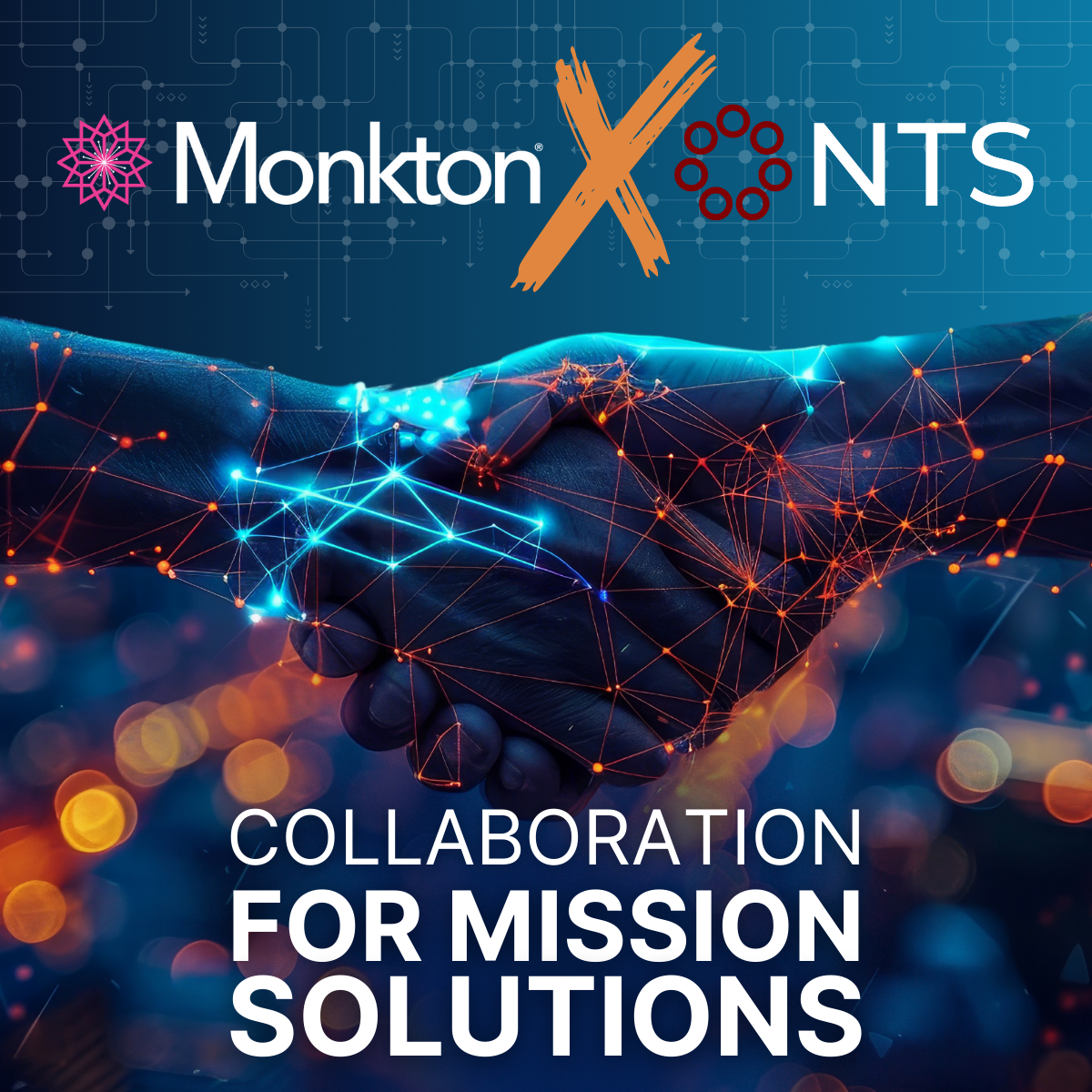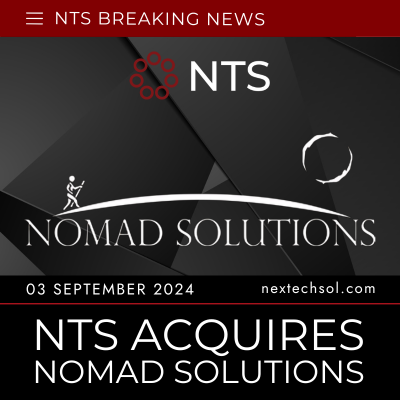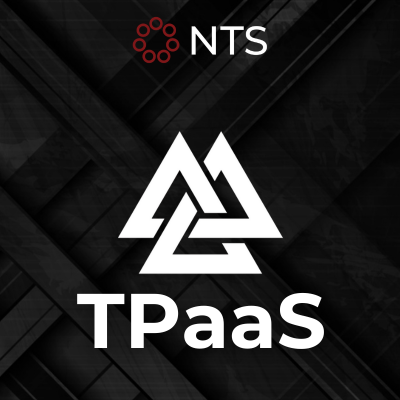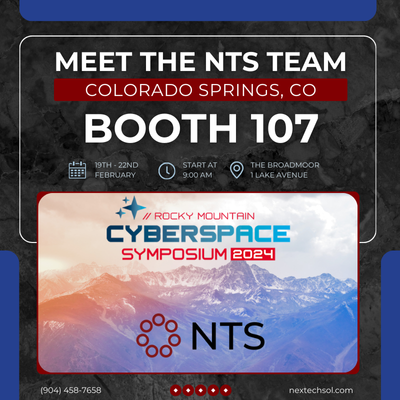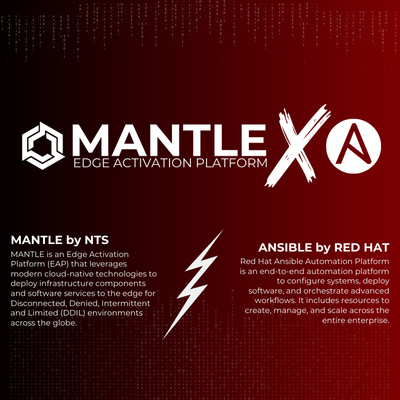Seeing the Unseen: How ISR Video Solutions Help Organizations Gain a Competitive Edge
ISR video technology, or Intelligence, Surveillance, and Reconnaissance video has become a crucial tool for the military in the 21st century.
With the ability to provide real-time situational awareness, improved decision-making, and reduced risks to personnel, ISR video technology has revolutionized the way the military operates. In this article, we’ll explore the potential benefits and applications of ISR video technology in the defense industry, as well as its future developments and implications.
BENEFITS OF ISR VIDEO TECHNOLOGY
One of the primary benefits of ISR video technology is its ability to provide real-time situational awareness to military personnel. With ISR video feeds from drones, satellites, or other sensors, military personnel can get a real-time view of the battlefield and potential threats, which allows them to make informed and timely decisions. This is especially important in situations where lives are at stake or time is critical.
Another benefit of ISR video technology is its ability to provide improved decision-making capabilities. With a better understanding of the battlefield, military personnel can make more informed decisions that can help ensure mission success. For example, ISR video feeds can help military personnel identify the location of enemy combatants, allowing them to plan and execute precise strikes with minimal collateral damage.
Finally, ISR video technology can help reduce the risks to personnel. By providing real-time situational awareness, military personnel can avoid potential threats and better protect themselves from harm. This is especially important in situations where the enemy is using tactics such as ambushes or improvised explosive devices.
APPLICATIONS OF ISR VIDEO TECHNOLOGY
ISR video technology has a wide range of applications across the DoD. Some of the most common applications include:
Intelligence gathering and analysis: ISR video feeds can be used to gather intelligence on enemy movements, activities, and capabilities. This intelligence can then be analyzed to provide insights into the enemy’s strengths and weaknesses, which can help inform military strategy and decision-making.
Surveillance and reconnaissance: ISR video feeds can be used to monitor the battlefield and potential threats, allowing military personnel to better understand the situation and plan accordingly. This can include monitoring the movement of enemy combatants, identifying potential ambush sites, or detecting the presence of improvised explosive devices.
Monitoring of infrastructure and assets: ISR video feeds can be used to monitor critical infrastructure and assets, such as military bases or supply depots. This can help military personnel identify potential security risks or threats and take appropriate action to mitigate them.
Targeting and precision strikes: ISR video feeds can be used to identify targets for precision strikes, such as drones or guided missiles. This can help reduce collateral damage and ensure mission success.
REAL-WORLD EXAMPLES
There are numerous examples of successful implementations of ISR video technology in the DoD. One notable example is the use of ISR video feeds in the fight against ISIS in Iraq and Syria. With the help of ISR video technology, the military was able to identify and track the movements of ISIS combatants, allowing them to plan and execute precise strikes that helped defeat the terrorist group.
Another example is the use of ISR video technology in border security. With the help of drones and other sensors, the military is able to monitor the border and identify potential security risks or threats, such as smugglers or illegal crossings.
FUTURE DEVELOPMENTS AND IMPLICATIONS
The future of ISR video technology is exciting and full of potential. One area of development is the use of artificial intelligence and machine learning to improve the analysis of ISR video feeds. This could help military personnel identify potential threats more quickly and accurately, allowing for even faster decision-making.
Another area of development is the use of advanced sensors and data integration to provide even more comprehensive situational awareness.
NTS ISR PLATFORM AS-A-SERVICE
NTS provides a unique solution to the challenges government agencies face in procuring and utilizing manned and unmanned ISR assets, including aircraft, payloads, testing, and integration. With their ISR Platform As A Service (AAS), NTS can reduce program costs and expedite implementation by providing ISR subject matter experts, program managers, test engineers, cyber security engineers, and the necessary equipment, hardware, and software needed to collect the required data. Additionally, their service includes coordination with DoD authorities to obtain necessary airworthiness approvals for flight of manned and unmanned aircraft. The AAS approach helps customers to save unnecessary funding on ISR aircraft and payloads that are not needed after the data is acquired.
